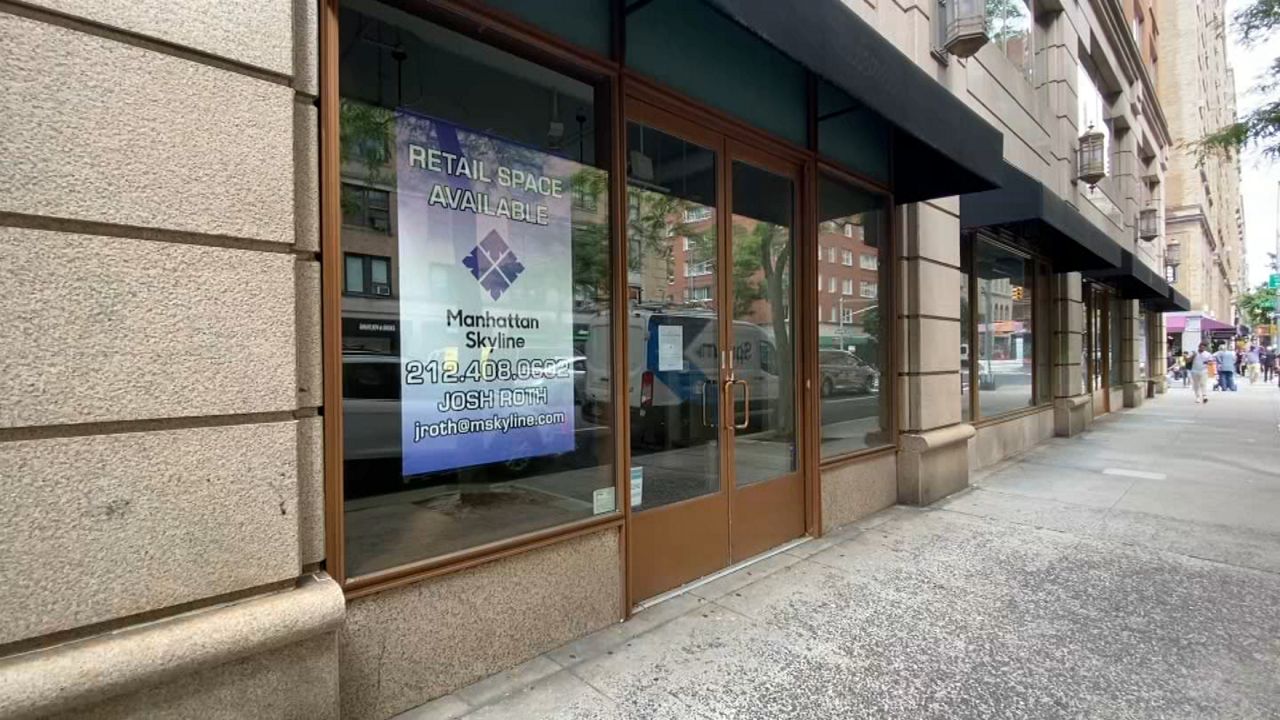The Upper East Side is full of diversity, culture, history and art thanks to one stretch along Fifth Avenue: Museum Mile.
The stretch, which runs from 82nd Street to 105th Street, is home to half a dozen museums, including the Solomon R. Guggenheim Foundation.
There, deputy director and Andrew W. Mellon Chief Conservator Lena Stringari is helping historic pieces return to their former glory.
“It’s a big responsibility,” she said.
Every day, she works away in the conservation lab at the Guggenheim Museum to retore artwork that are hundreds of years old.
“What we’re doing behind the scenes will determine how you see something, or how you understand an artist,” she said.
She's been an art conservator for nearly 40 years. It's a job that is part historian, part surgeon.
“We might take very, very tiny samples in order to determine what the materials are, how the work is constructed but also to strategize about appropriate treatment,” she said.
At the Guggenheim, people walk the circular ramps of the museum to see a Van Gogh or a Monet and have no idea what is happening behind the scenes.
With NY1 cameras watching, Stringari removed decades of dust and grime from a 110-year-old painting by Robert Delaunay, set to be part of an exhibit this spring on a 19th century movement called “Orphism.”
“Delaunay is one of the iconic members of that movement,” she said.
The piece may look fine to an average viewer. But Stringari called it “a major restoration,” pointing out some glaring problems to her.
“There’s a lot of colors here that are muted because of the gray varnish and a lot of grime,” she said.
Her trained eyes can also detect signs of damage to the framing from when it was mounted on a stretcher too large back in 1942.
There’s a lot of reading as she prepares. She has a stack of papers, dating back to the 1940s about each restoration of the piece. She combs through his other work, to notice patterns and what doesn’t fit.
“It’s a slow meticulous process and the more questions you ask the more questions come up,” said Stringari.
They use a bevy of tools to clean it, get samples and eventually repair it.
Just how long will it take to work on this piece?
“This one has to be done by the spring let’s just say so about a year,” she said.
The conservation team can work on as many as hundreds of pieces a year. And when it comes to conservation, having some friends nearby has helped.
“This location provides us a lot of inspiration and other people to dialogue with,” said Stringari.
Earlier this year, that collaboration helped in a surprising way when the Guggenheim wanted to clean the Picasso painting, Le Moulin de la Galette, Paris.
“It also had a tremendous amount of grime on the surface,” she said, noting it hadn't been fixed up in more than 50 years.
The team used x-ray scanning and infrared photography to see how to treat and clean the more than 100-year-old painting.
Then, they discovered underneath this dark coat of paint, a dog Picasso apparently brushed over.
“It was fascinating to see the painting emerge," said Stringari.
Some of that technology used in this discovery, courtesy of a museum down the street, the Metropolitan Museum of Art, which had scientists also working on and consulting the restoration.
“Having colleagues right across the street it makes a huge difference,” she said.
A huge difference for anyone who now sees the Picasso painting, understanding what lies beneath the surface.
So when you walk around the Guggenheim, maybe you'll think about what goes on behind the circular walls to maintain the masterpieces that hang on them.


%20PKG%20UES%20GUGGENHEIM%20CG?wid=320&hei=180&$wide-bg$)

)
 PKG UES UWS DELIS CLEAN_128846989_9)

 USW AROUND THE BLOCK PKG CLEAN_127738919_664)